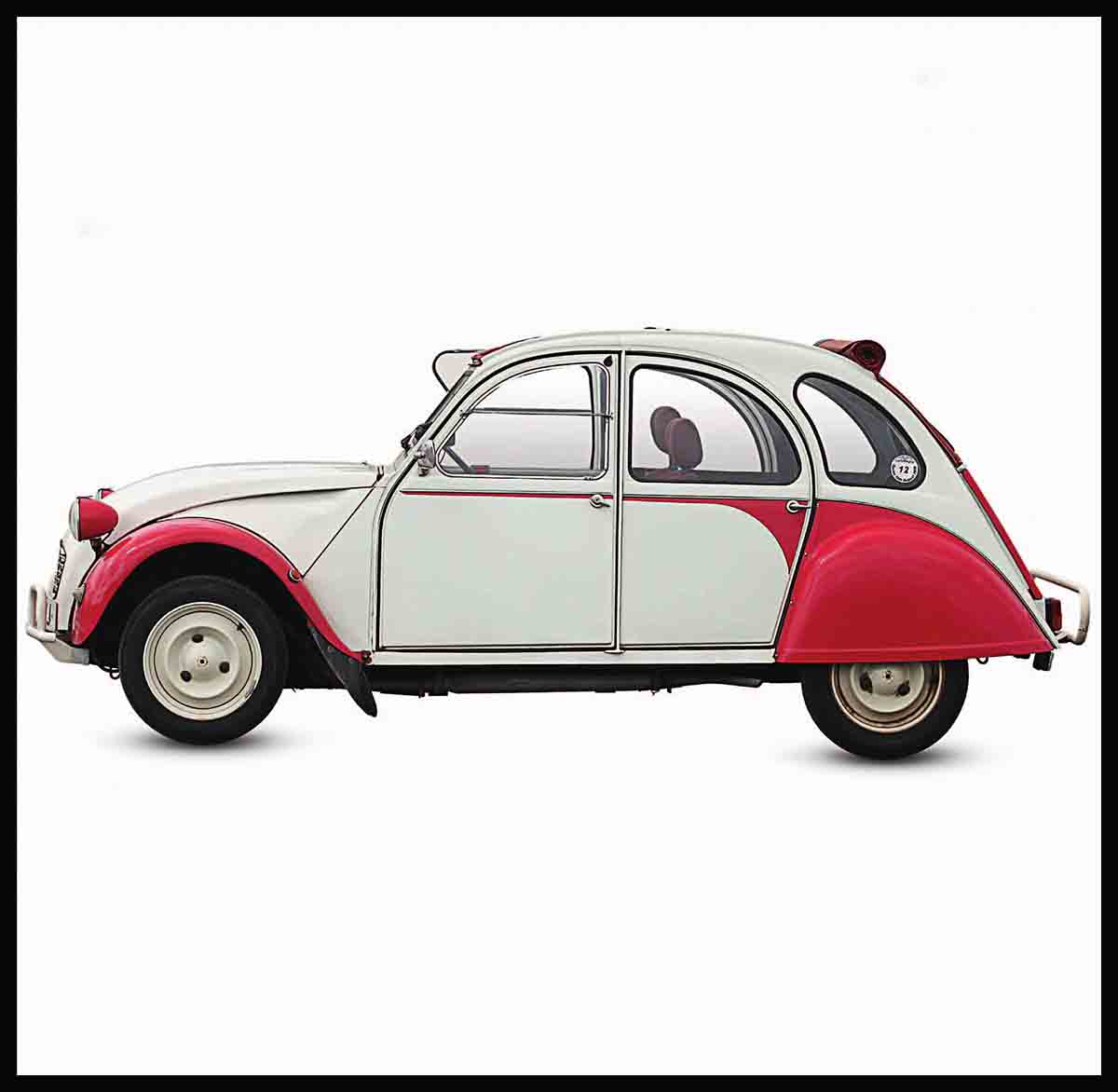
Small Cars
The Mini revolutionized small cars in the 1960s, so in the 1970s manufacturers battled for a slice of its market with their own interpretations of the ideal small car. Almost all kept the Mini’s front-engine layout and added a hatchback, but not all were transverse, and some still had rear-wheel drive. Some offered more space than the Mini, but none matched its nifty packaging.
Datsun Cherry 100A, 1970
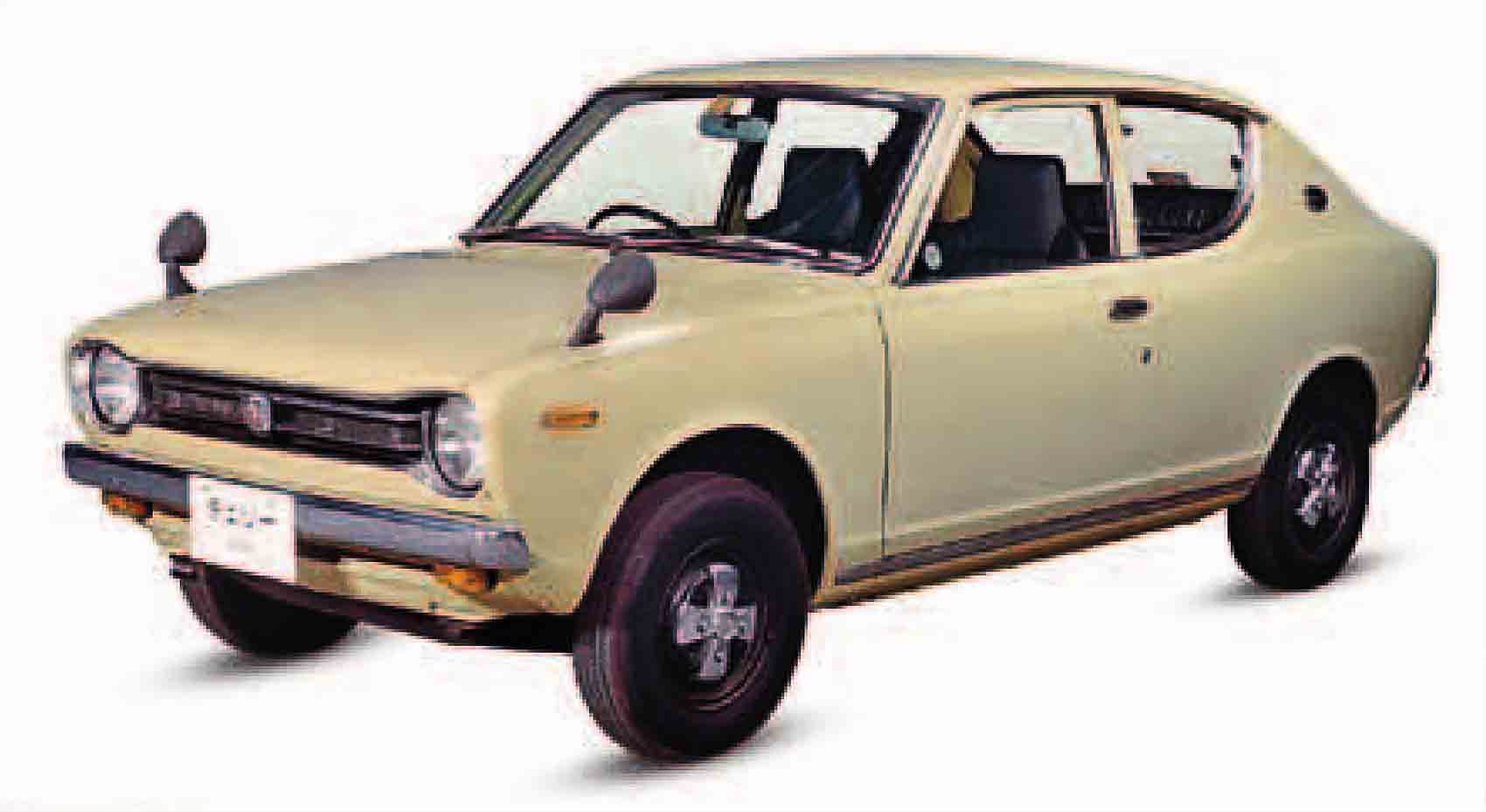
| Origin | Japan |
| Engine | 988 cc, straight-four |
| Top speed | 86 mph (138 km/h) |
The first front-wheel-drive Datsun was inspired by the Mini and sold 390,000 in five years, a period that saw Nissan’s worldwide market share grow enormously.
Mini Clubman, 1969
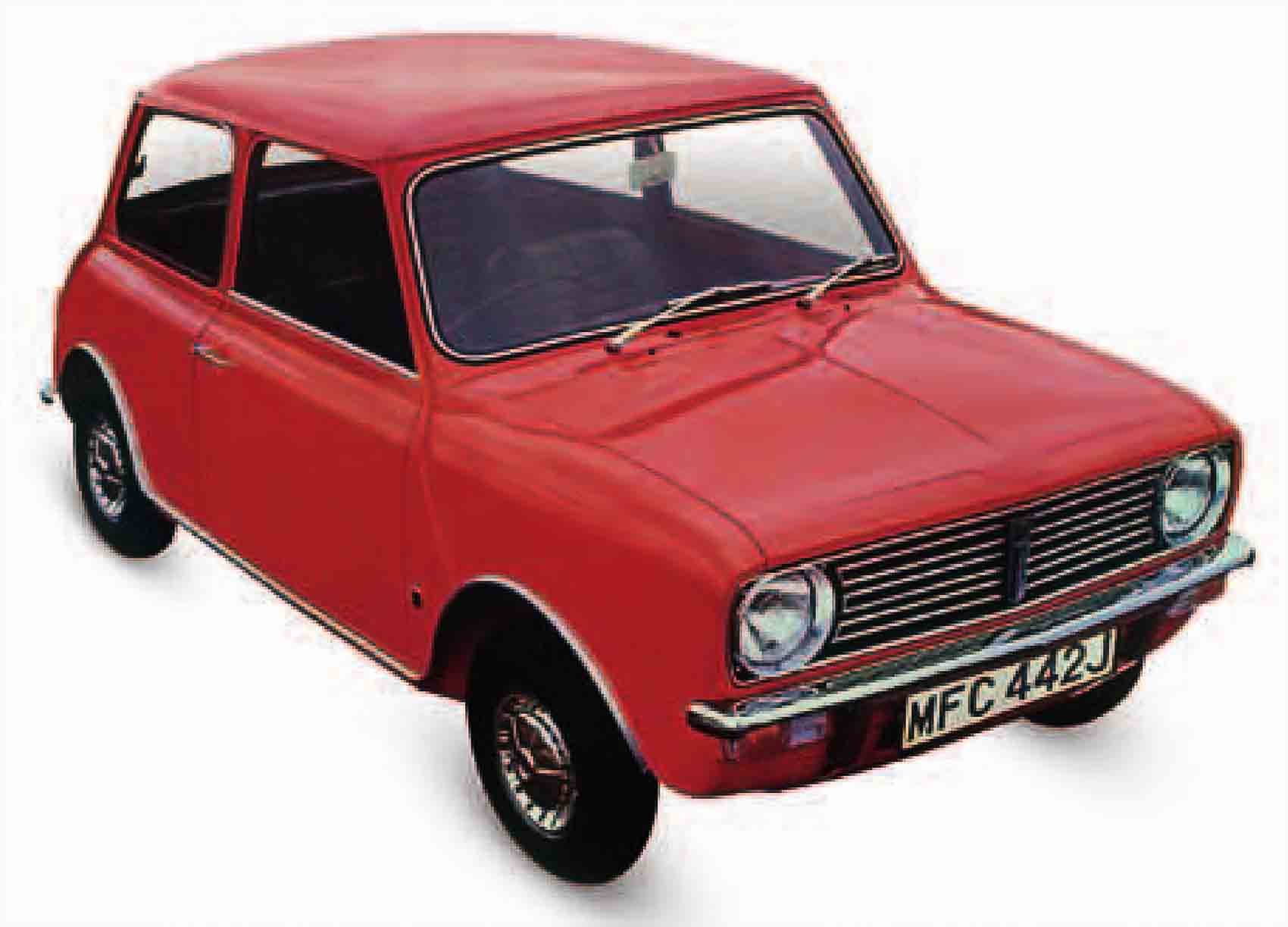
| Origin | UK |
| Engine | 988 cc, straight-four |
| Top speed | 75 mph (121 km/h) |
By adding a longer, modern-looking front to the Mini, improved trim, and 1- or 1.1-liter engines, British Leyland maintained a presence in the market until the Metro was ready in 1981.
Fiat 127, 1971
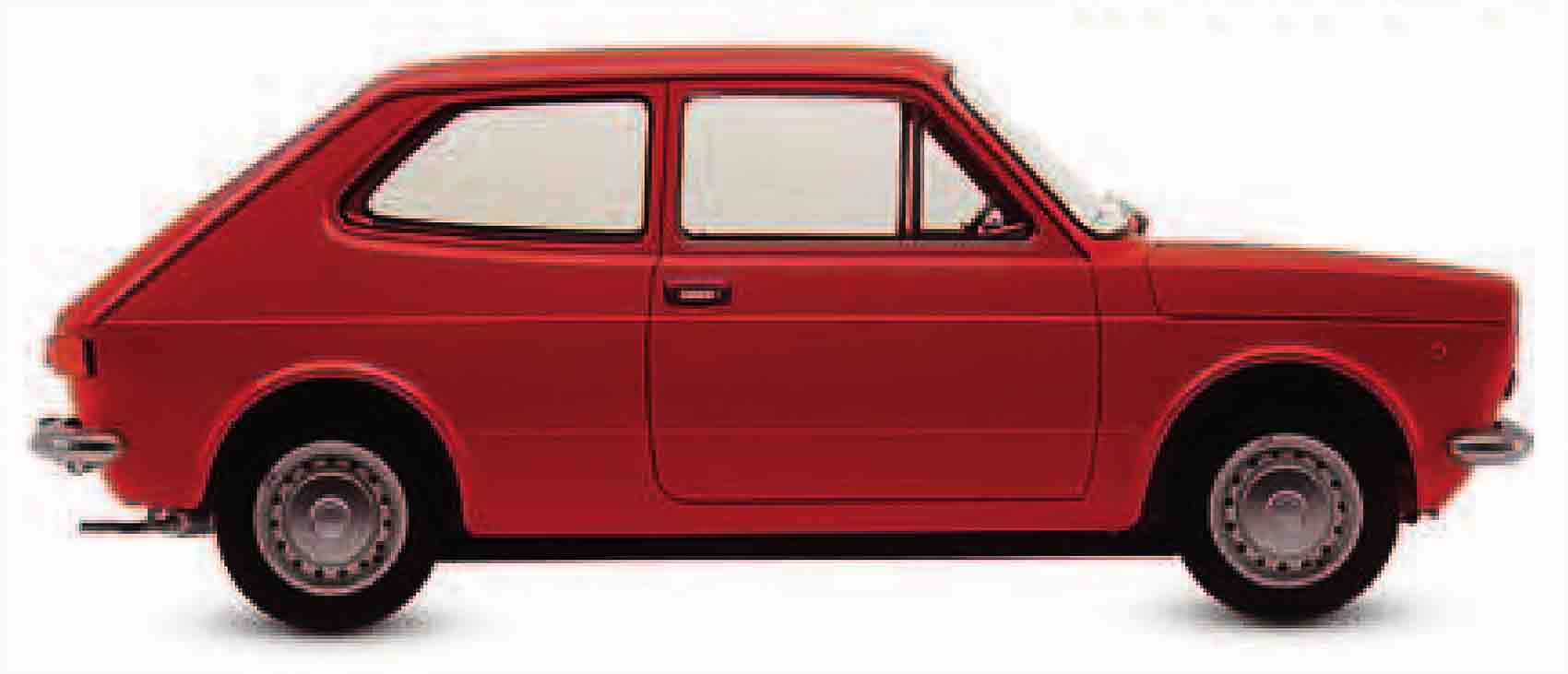
| Origin | Italy |
| Engine | 903 cc, straight-four |
| Top speed | 83 mph (134 km/h) |
Fiat had always had a knack for well-packaged, guick, small cars; the 127 was another success, with sales of 3.7 million. The 1300 Sport option had a 1,300 cc engine and could reach 95 mph (153km/h)
Renault 5, 1972
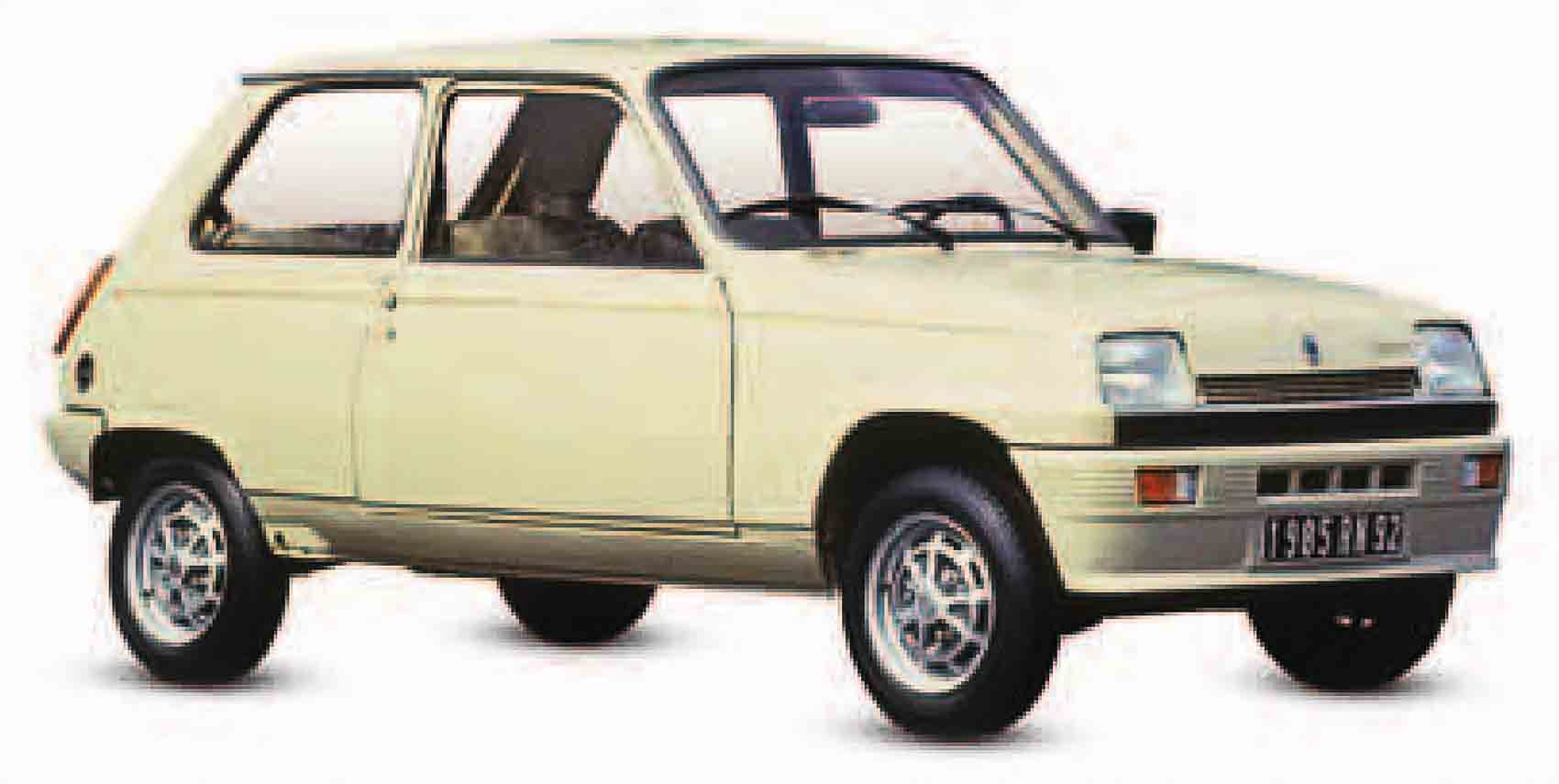
| Origin | France |
| Engine | 956 cc, straight-four |
| Top speed | 86 mph (138 km/h) |
The class-defining and perhaps most popular supermini, the 5 sold 5.5 million in 12 years. Known as the Le Car in the United States, it was reasonably priced, with six engine choices—from 782 to 1,397 cc—and independent suspension.
Volkswagen Polo, 1975
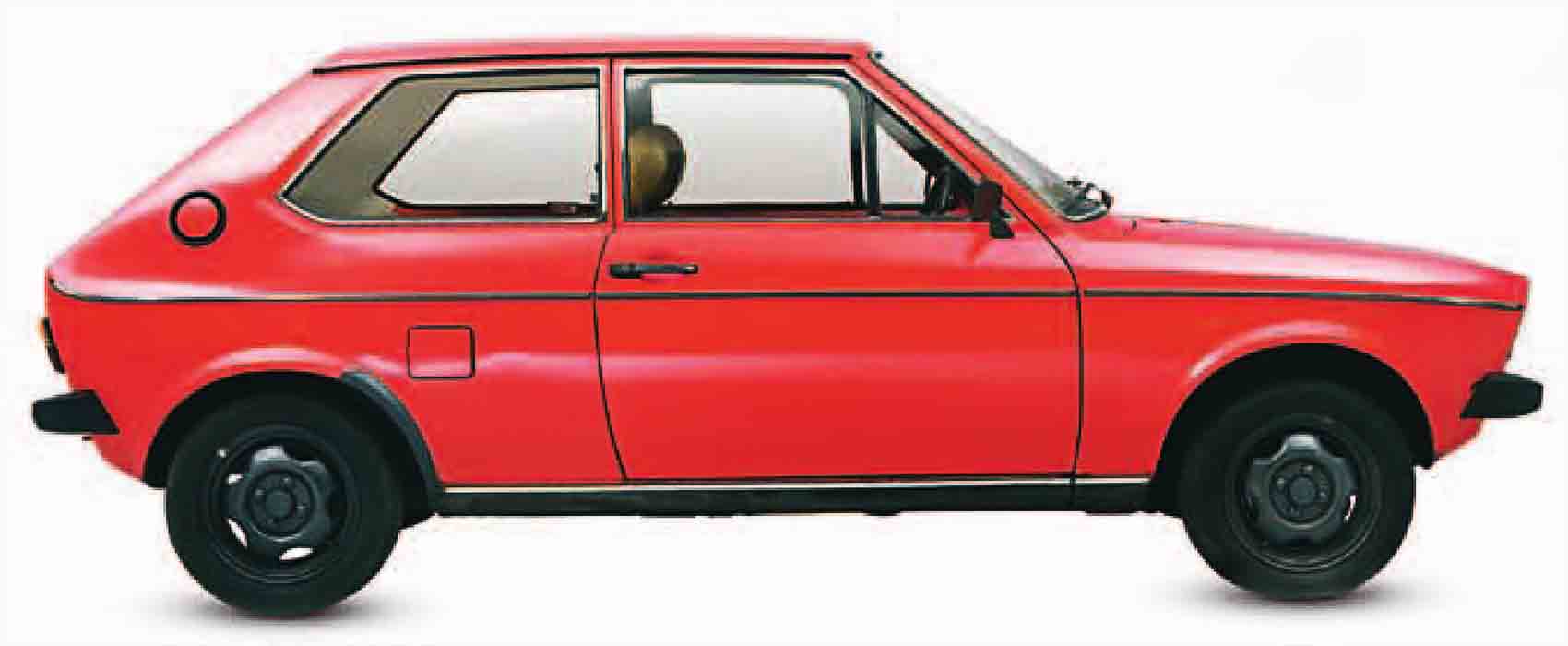
| Origin | Germany |
| Engine | 895 cc, straight-four |
| Top speed | 80 mph (129 km/h) |
VW completed its modern revolution with the Polo. It had a new overhead-cam front engine, all-independent suspension, and front-wheel drive, with engines from 0.9 to 1.3 liters
Mazda Familia/323, 1977
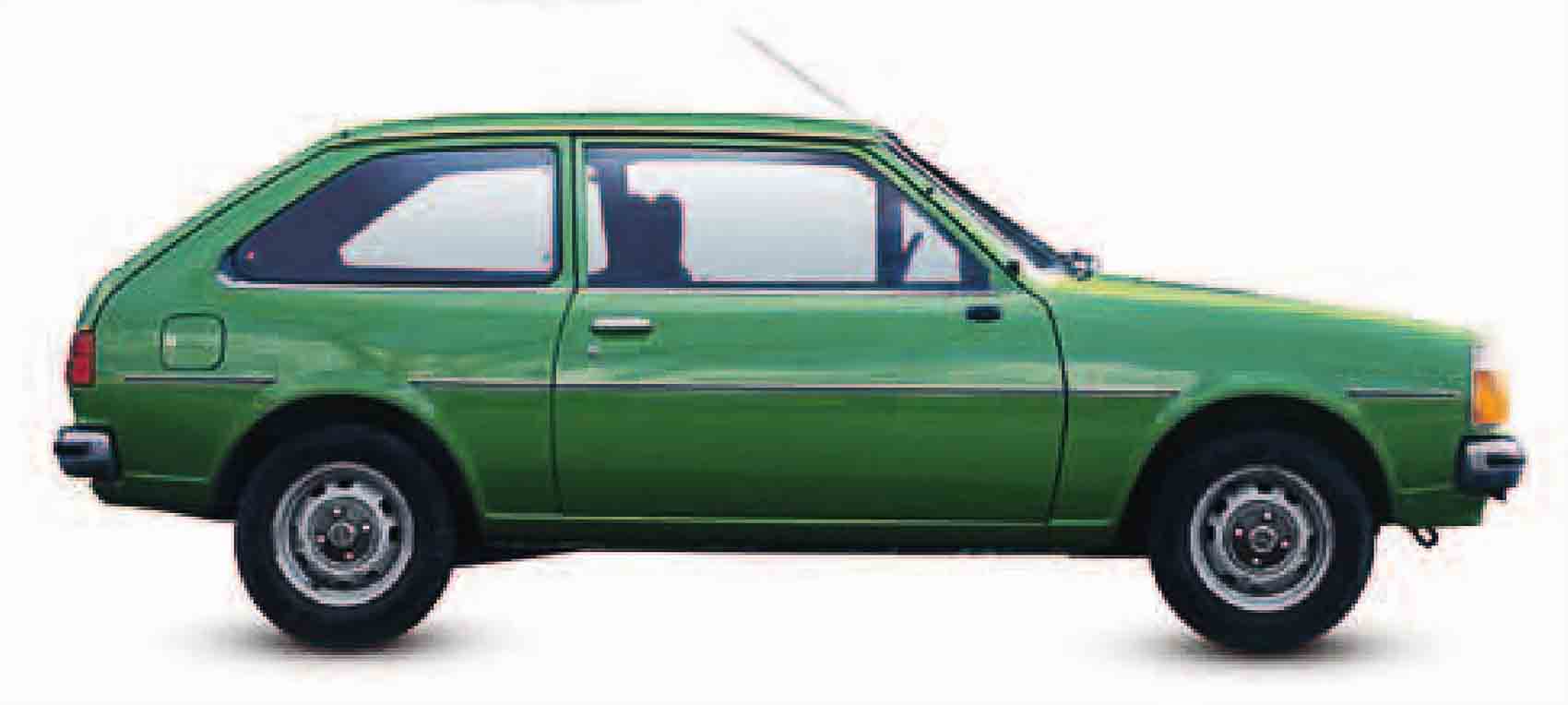
| Origin | Japan |
| Engine | 985 cc, straight-four |
| Top speed | 90 mph (145 km/h) |
First of a long and successful line of small Mazdas, the Familia was old-fashioned—with a front engine and rear-wheel drive-but reliable. Mazda introduced front-wheel drive in 1980
Mitsubishi/Colt Mirage, 1978
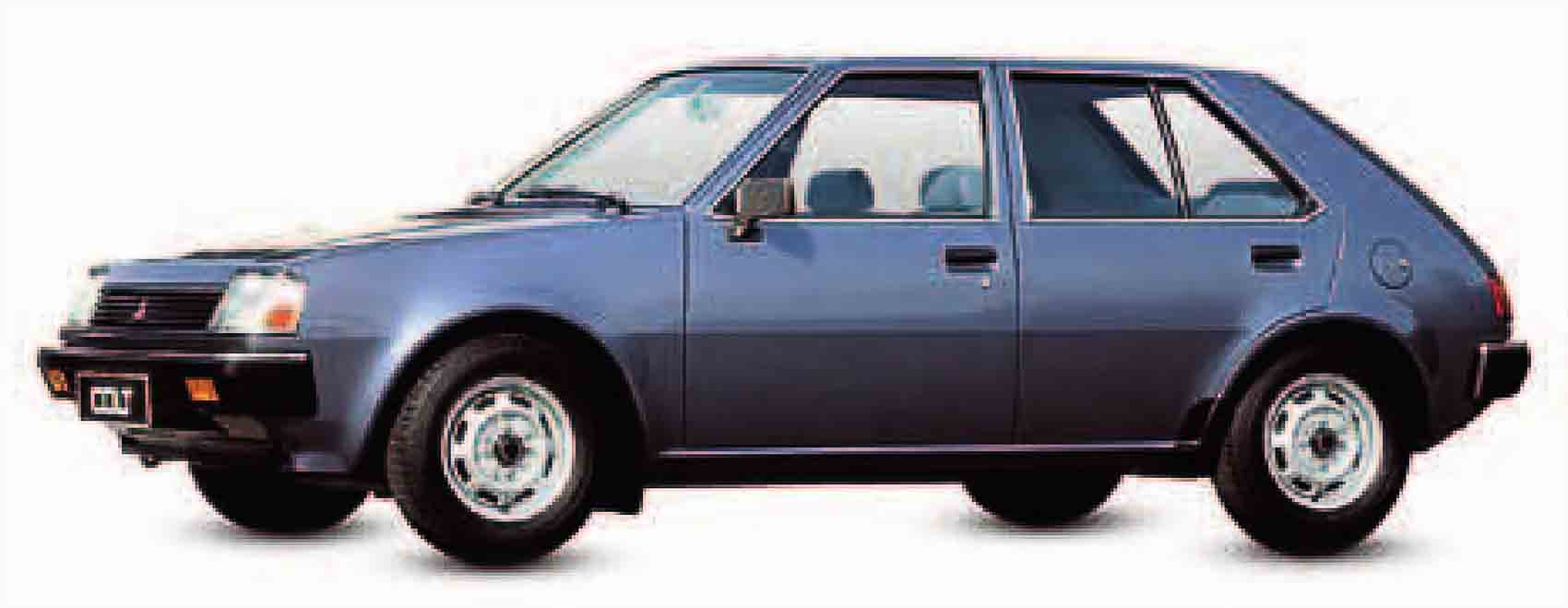
| Origin | Japan |
| Engine | 1,244 cc, straight-four |
| Top speed | 90 mph (145 km/h) |
Sold in some markets as Colt, Mitsubishi’s first front-drive car had a two-speed final drive, giving eight forward gears in total, for economy or performance
Opel Kadett, 1973
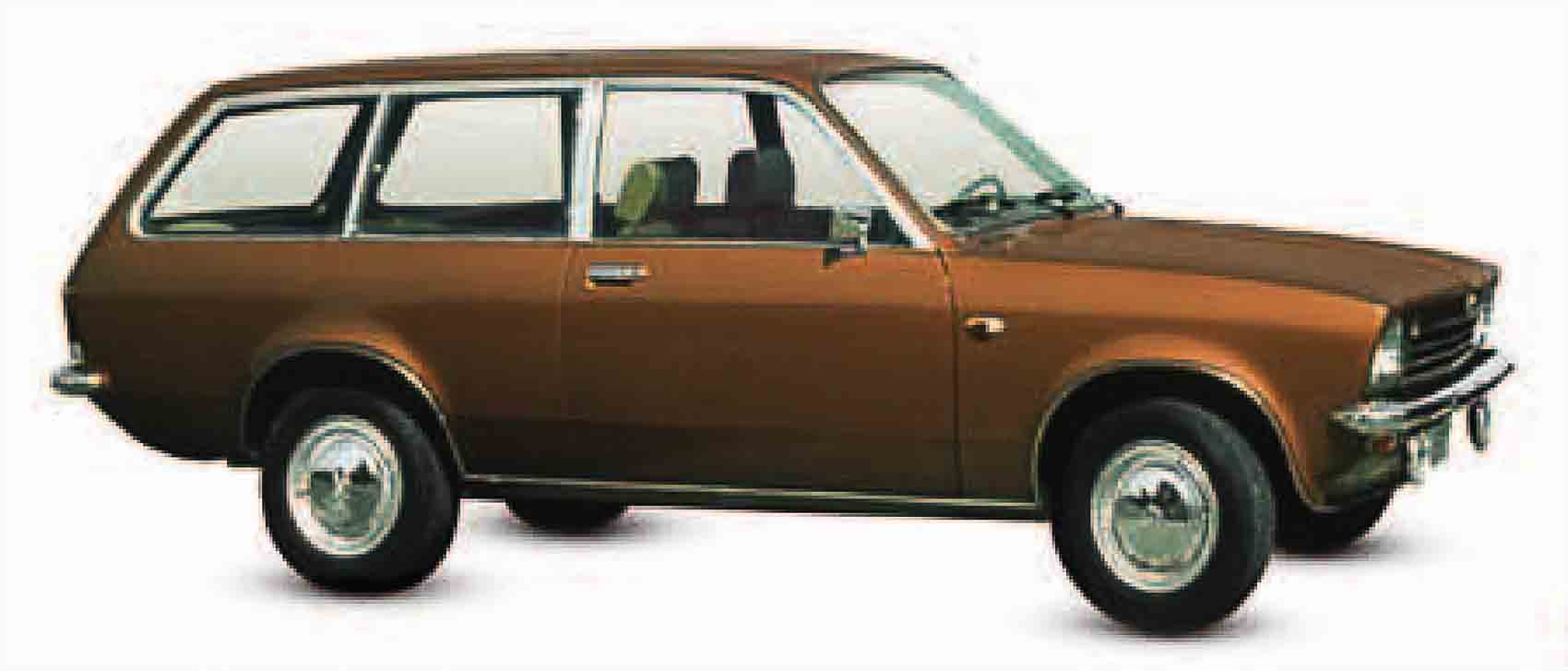
| Origin | Germany |
| Engine | 993 cc, straight-four |
| Top speed | 74 mph (119 km/h) |
The German version of the General Motors T-car was sold with engines from 1.0 to 2.0 liters. The car was rear-wheel drive, betraying its U.S. design ethos.
Citroën 2CV6, 1970
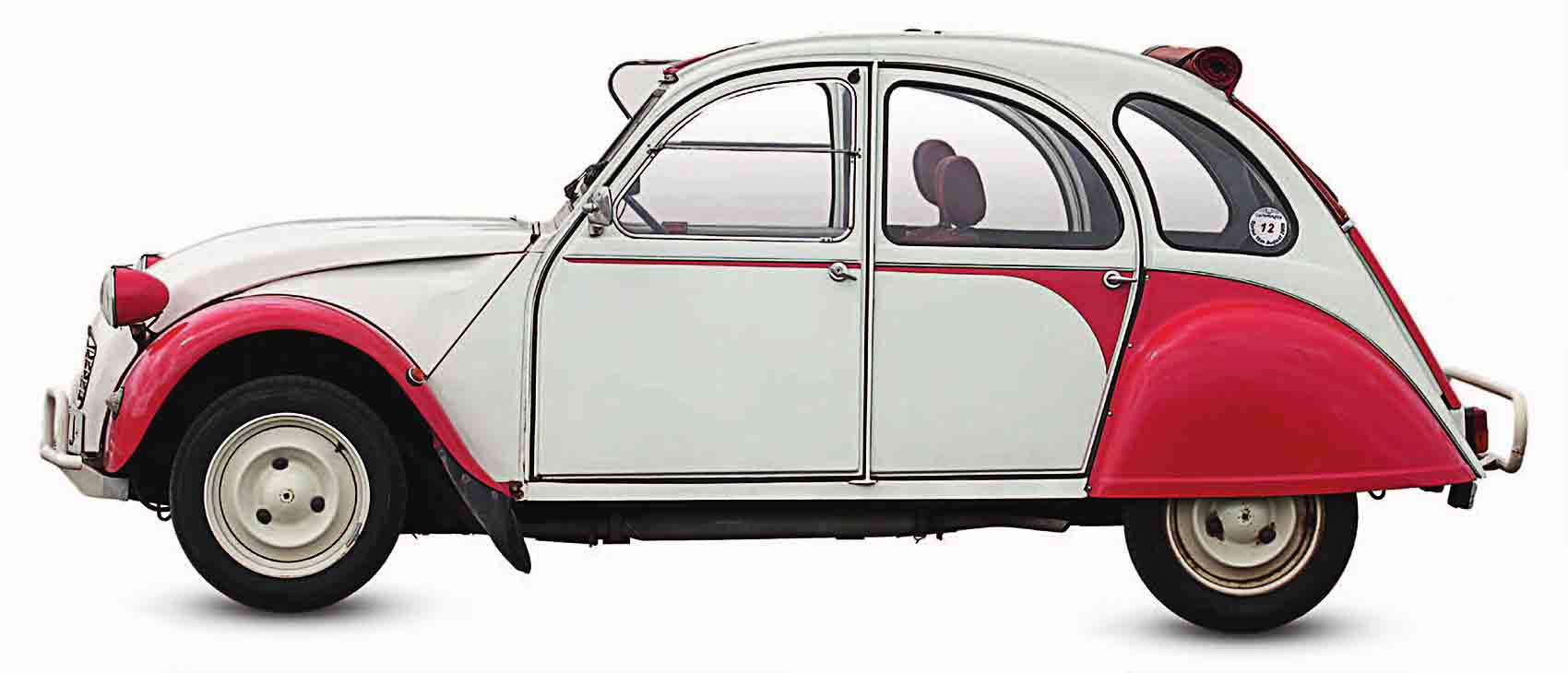
| Origin | France |
| Engine | 602 cc, straight-four |
| Top speed | 68 mph (109 km/h) |
Due to its combination of spacious interior, large sunroof, stylish appearance, and economy, the 2CV stayed in production until 1990, selling almost 3.9 million.
Toyota Starlet, 1978
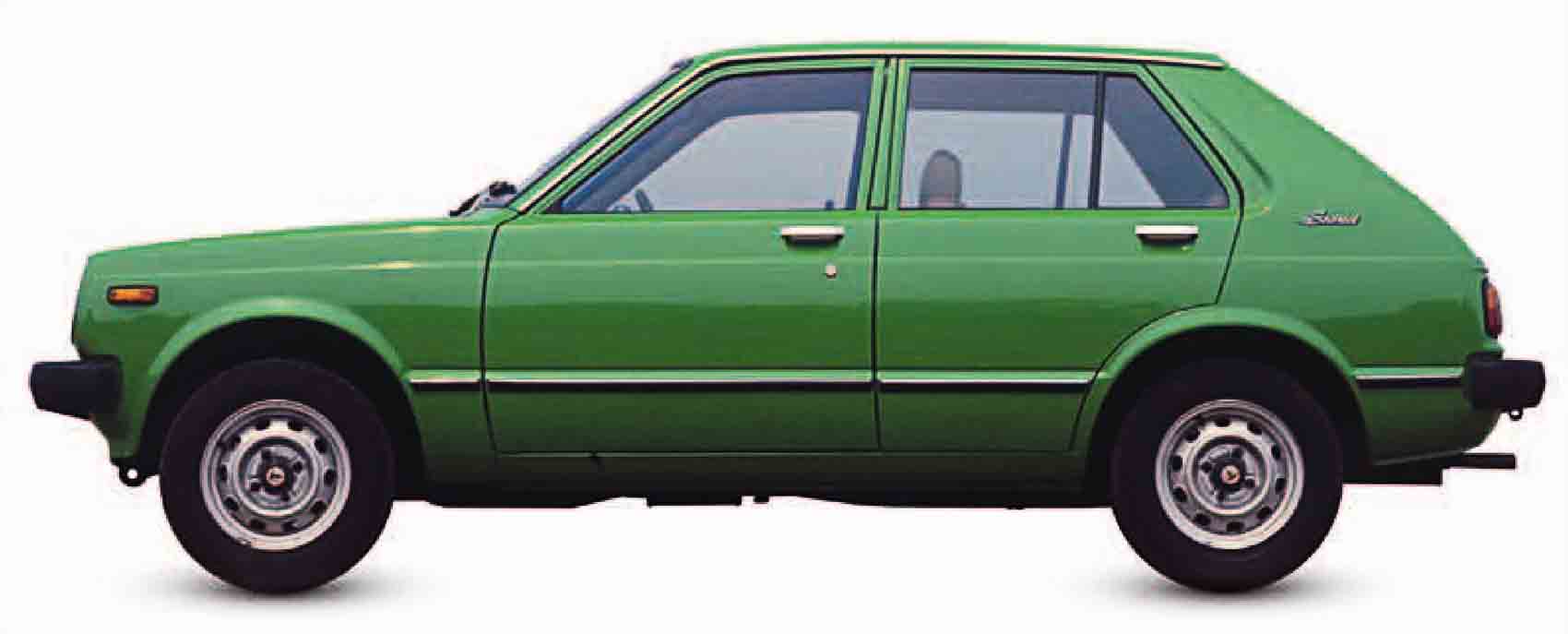
| Origin | Japan |
| Engine | 993 cc, straight-four |
| Top speed | 84 mph (135 km/h) |
Restricted by its outdated live rear axle, most Starlets were loaded with equipment such as five gears to win sales over the front-wheel-drive, all-independent opposition.
Citroën Visa, 1978
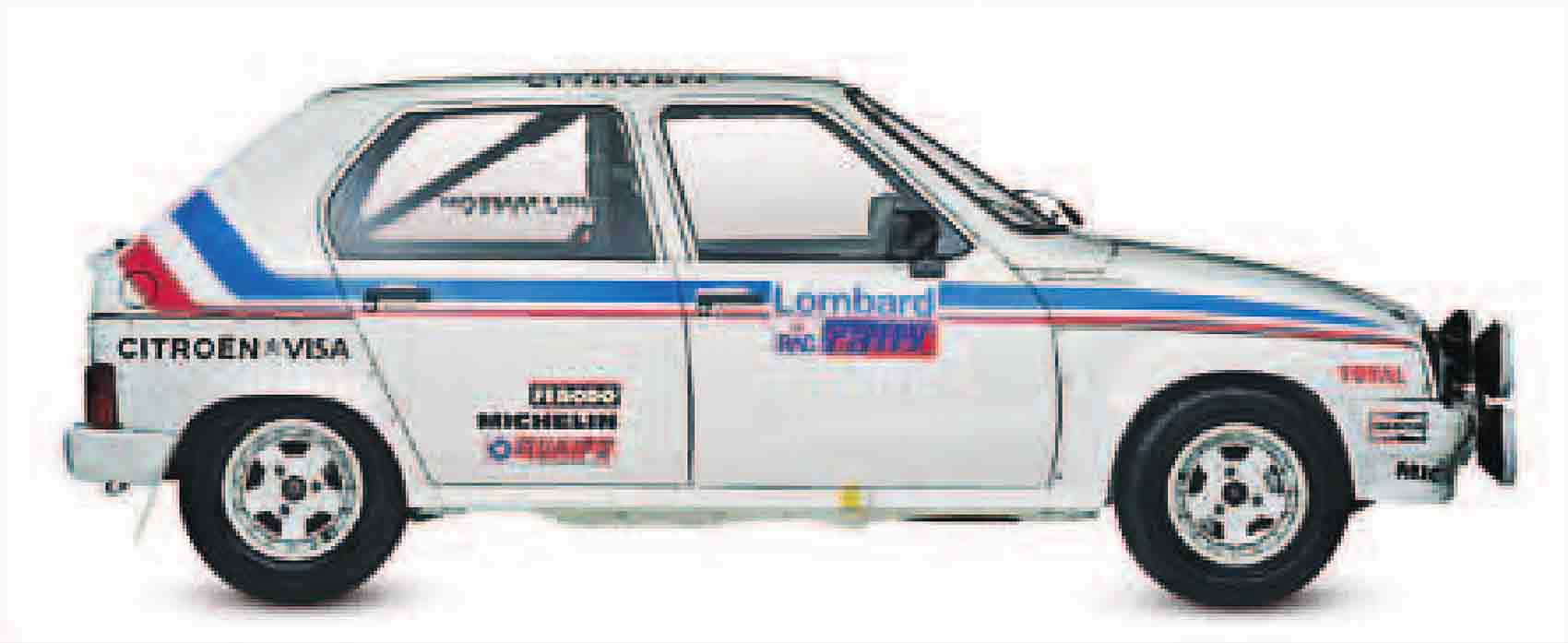
| Origin | France |
| Engine | 1,124 cc, straight-four |
| Top speed | 89 mph (143 km/h) |
Conceived as an economy sedan to replace the Ami, the lightweight Visa became Citroën’s choice for rallying in the early 1980s. It was fitted with engines from 653 cc upward.
Peugeot 104, 1973
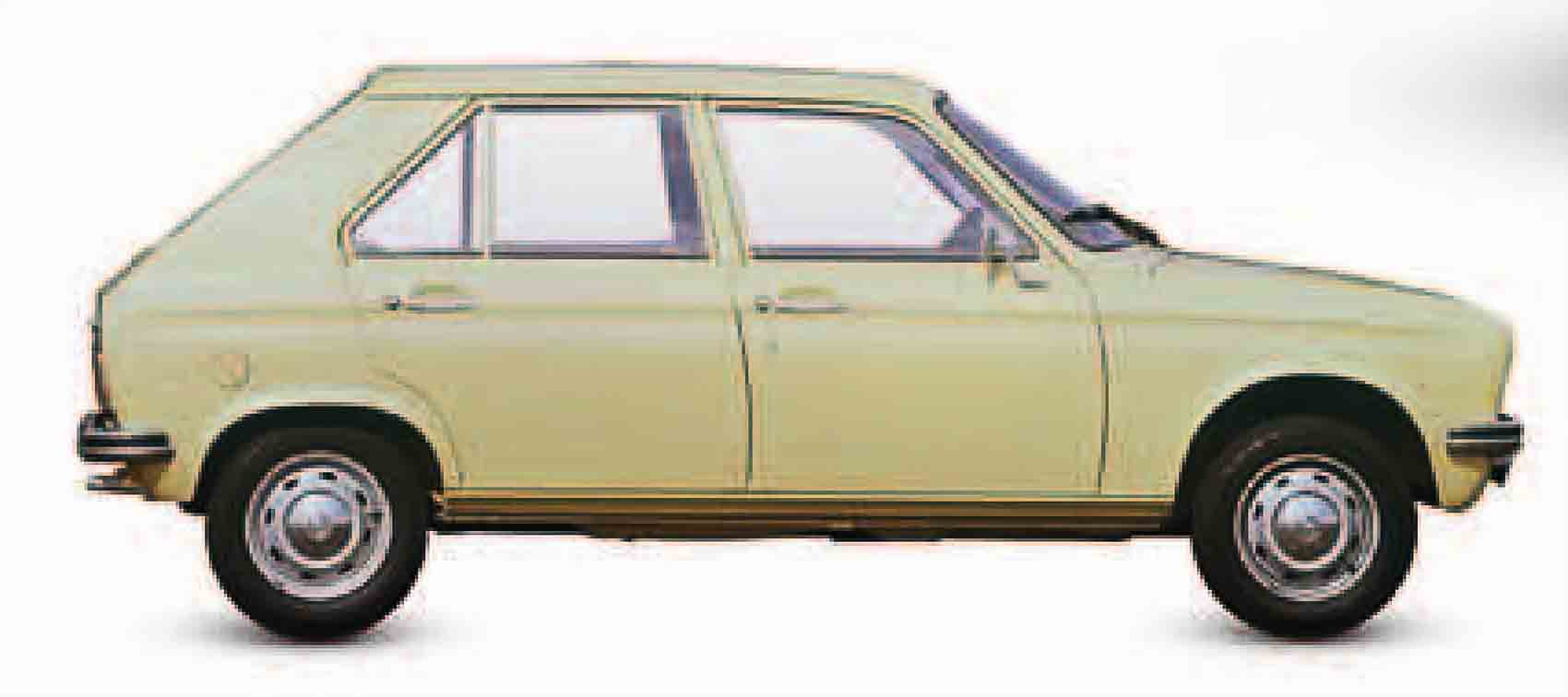
| Origin | France |
| Engine | 954 cc, straight-four |
| Top speed | 84 mph (135 km/h) |
Unusually, Peugeot’s first supermini was launched as a 5-door model only; a shorter 3-door followed later. The all-new engine and independent suspension added to its appeal.
Ford Fiesta, 1976
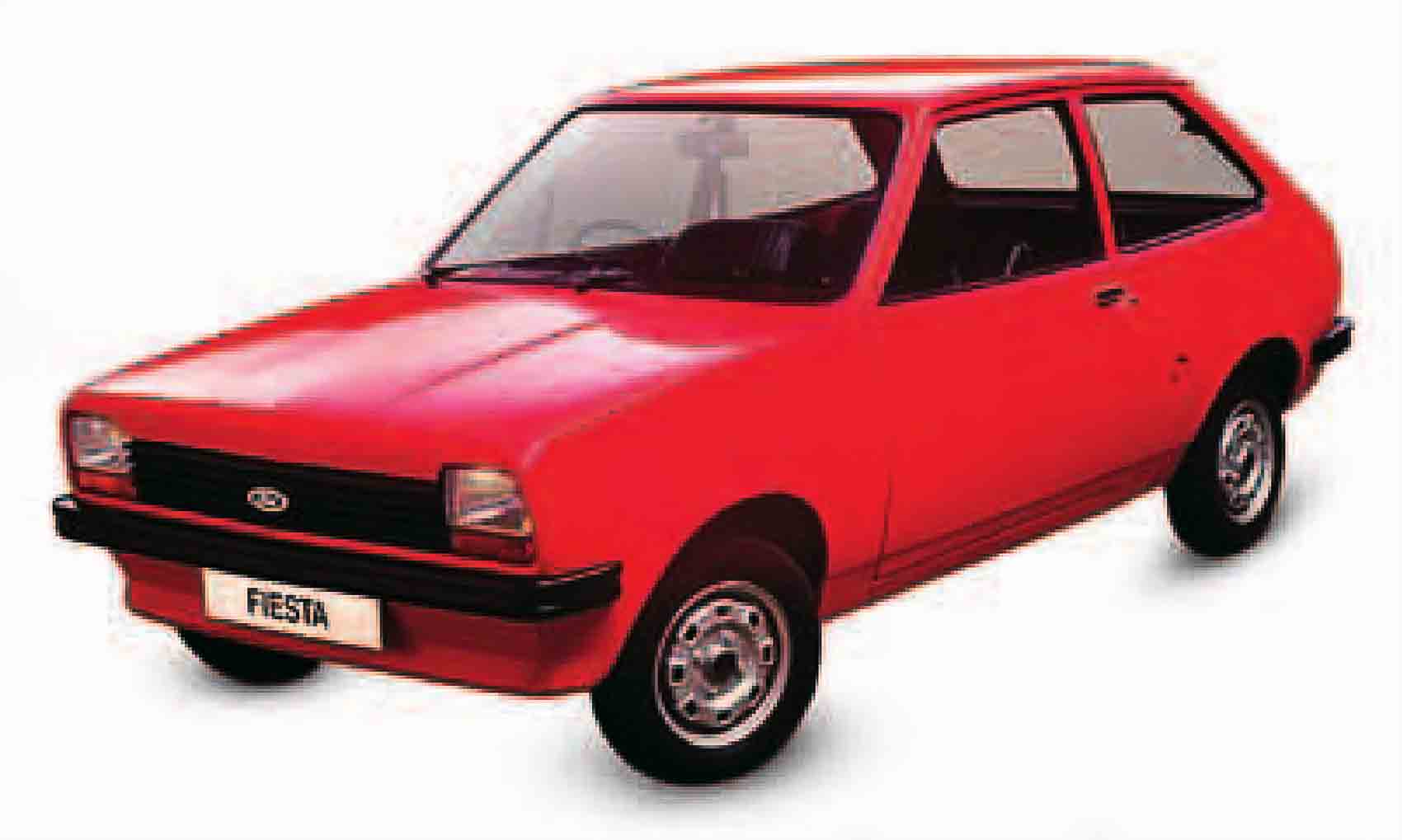
| Origin | Spain |
| Engine | 957 cc, straight-four |
| Top speed | 79 mph (127 km/h) |
Ford’s first supermini for Europe was basic, with only four gears, but it had engines up to 1,600 cc and was competitively priced. Sales were 1.75 million by 1983.
Vauxhall Chevette HS, 1978
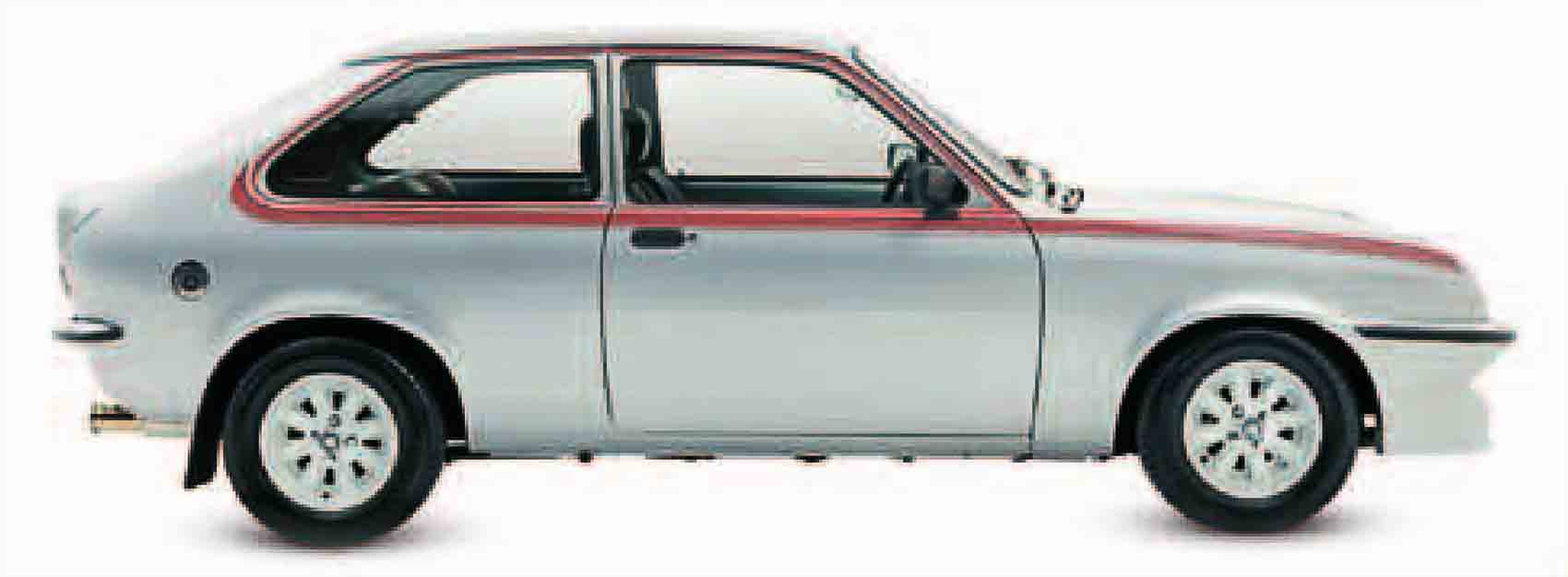
| Origin | UK |
| Engine | 2,279 cc, straight-four |
| Top speed | 115 mph (185 km/h) |
Vauxhall made a virtue of a live rear axle by adding a big, tuned dual-cam engine. The Chevette went on to win rallies. Most were 1.3-liter hatchbacks.
Talbot Sunbeam Lotus, 1979
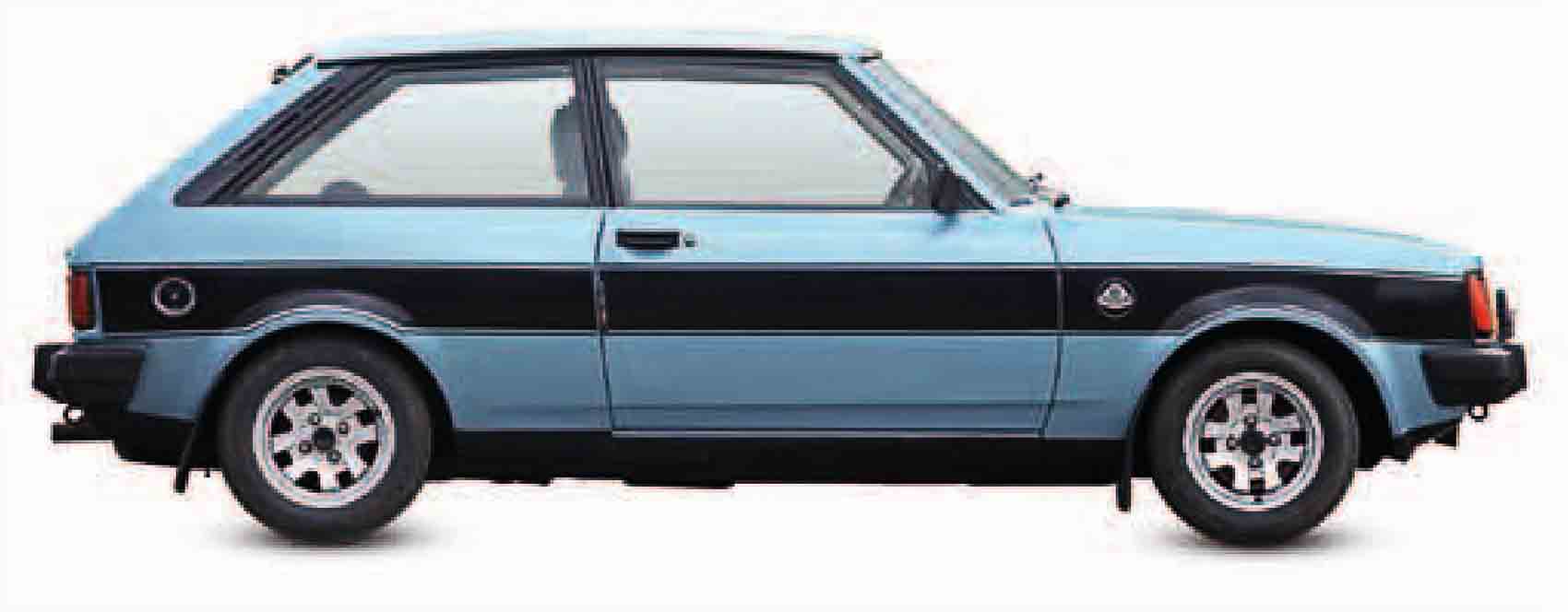
| Origin | UK |
| Engine | 2,174 cc, straight-four |
| Top speed | 121 mph (195 km/h) |
The Talbot Sunbeam had a shortened rear-wheel-drive Avenger platform, so was quite outdated. But adding a big, powerful Lotus engine made it ideal for rallying.
It is a quote. The Definitive Visual History Of The Automobile 2011


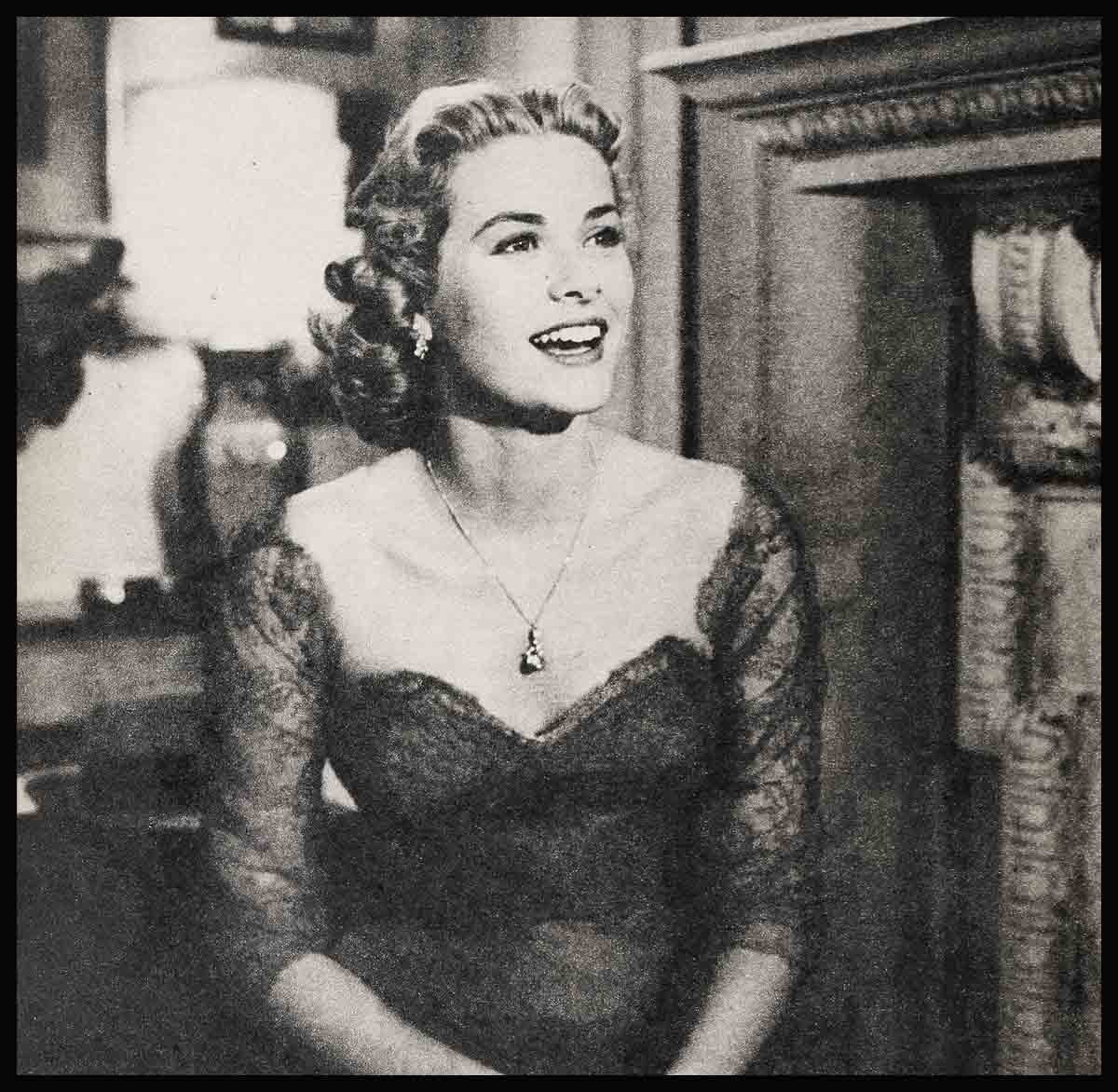

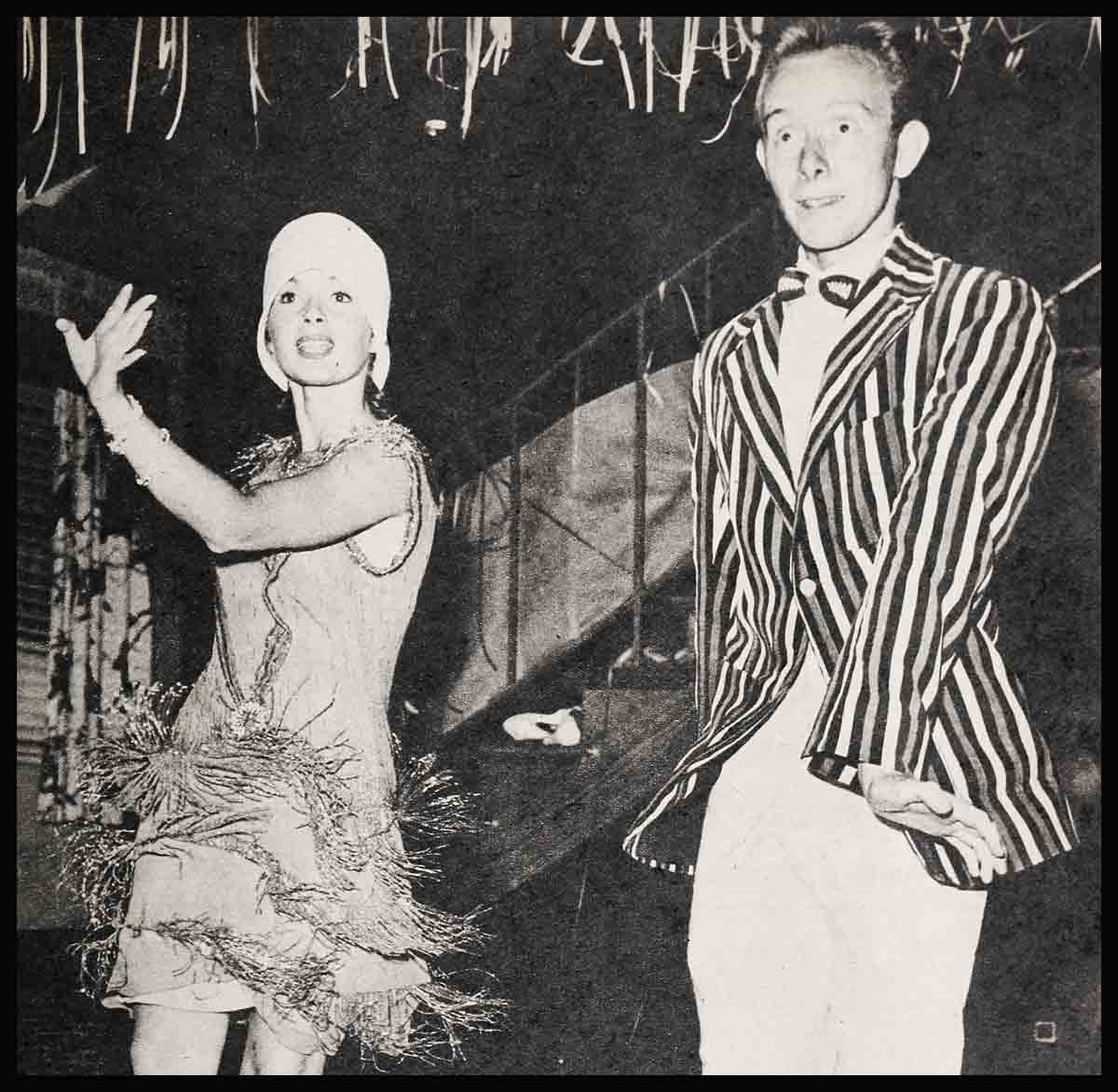
No Comments